Smart Spending on Security for 2017
As we enter the new year, experts predict cybersecurity spending to surpass $1 trillion from 2017 through 2021, as companies struggle to keep up with a global spike in cybercrime. With this trend expected to continue for the foreseeable future, it’s no surprise that businesses everywhere are shifting their budgets to accommodate for the growing cost of cybersecurity.
J.P. Morgan Chase & Co. is reportedly doubling its cybersecurity budget, Bank of America went on the record to announce their unlimited cyber budget for the year to come, and even the federal government is increasing its budget by 35% in 2017. But as these budgets shift to allow for more spending on security, that means less spending for other areas and departments. The question then becomes, how can you increase your security without breaking the bank and neglecting other areas of need?
If you’re not Bank of America and you don’t have an unlimited security budget, read on to learn the most popular and strategic areas for businesses to invest in cybersecurity in 2017.
Security Analytics (SIEM)
Security analytics are used to collect log events from multiple hosts within an enterprise and centrally store the collected data. Once all of this data is in the same place, these tools perform centralized analysis and reporting which can detect -- or with advanced SIEM programs -- prevent attacks.
While SIEMs have existed for years, initially they were price prohibitive for all but the largest enterprises with advanced security departments. However, with the growth of small and mid-size companies and the increased threat of cybercrime, new SIEM architectures are available today to meet the needs and budget of nearly any business.
Don’t have the manpower to monitor and manage a SIEM? SOC (security operations center) as-a-service has made hiring an advanced security team affordable for smaller and medium-sized enterprises. Nearly any businesses can now have a security operation center (SOC) professionally managed to help monitor, assess, and protect all network infrastructure and devices against cyberthreats. Using a solution provider not only allows the SOC to become operational faster, but it is also a less expensive option than building your own.
Mobile and Cloud Security
With today’s mobile workforce comprising two-thirds of all workers, more businesses are going to the cloud. But while the cloud adds convenience and simplicity for workers, it can also increase vulnerability. Whenever employees use their own personal devices (iPad, smart phone, laptop) to access the corporate network or cloud storage, they’re also putting the business’ data at risk.
Every single device is another endpoint that a cybercriminal can access, leading them straight to valuable personal or company data. Due to this risk, companies across the globe are turning to enterprise mobility management (EMM) or mobile device management (MDM) solutions that help secure all personal devices that employees use to connect to the network. By securing these devices, you aren’t just protecting your employees and their personal data, you’re protecting the company and its data, too.
Security Awareness Training
Consistent and comprehensive security awareness programs are rising rapidly in popularity due to the relentless phishing and ransomware attacks via email. Cybercriminals target email because humans are often the weakest link in your security armor. As a result, these programs offer one of the highest ROIs in your security budget. People will always be the most vulnerable part of any security plan, but those employees who are more security aware can be a valuable asset in the battle for a better security posture.
Making employees aware of the data on their devices goes a long way, especially once they learn how to recognize and respond to potential security threats like phishing or fraud. A recent study by CSO Online showed that the average click rate for a phishing email is around 20%. However, after three training simulation exercises that rate dropped to 13%, then decreased to 4% after the fourth, and down to an astounding 0.2% after the fifth. The more aware employees are, the less likely they are to compromise your data!
Remember, improving your corporate security posture isn’t always about how much money you spend but rather how you spend it. The digital revolution is changing the technological landscape as we know it. As your business continues to evolve, shouldn’t your security and IT department be doing the same?
For more information about SIEM, SOC as-a-service or security awareness training, feel free to reach out to us and ask questions!



